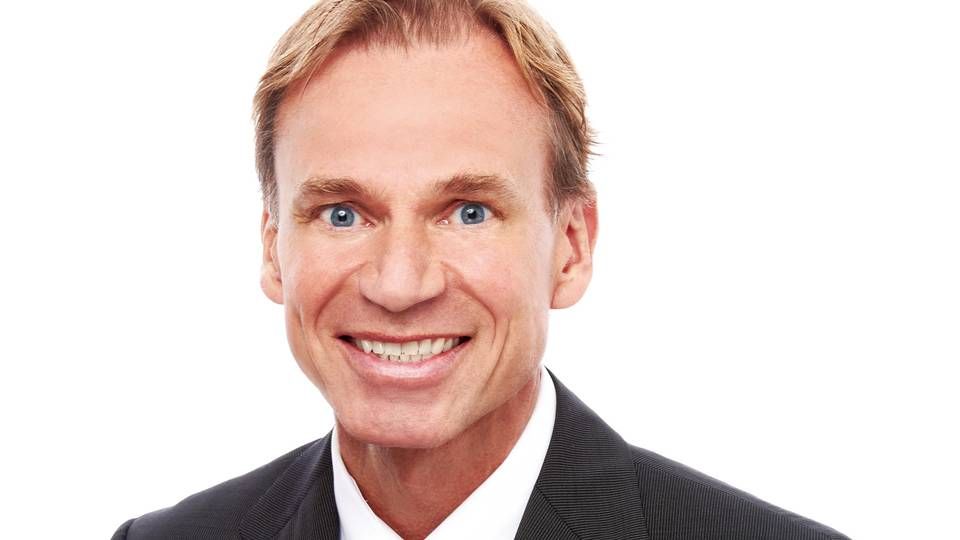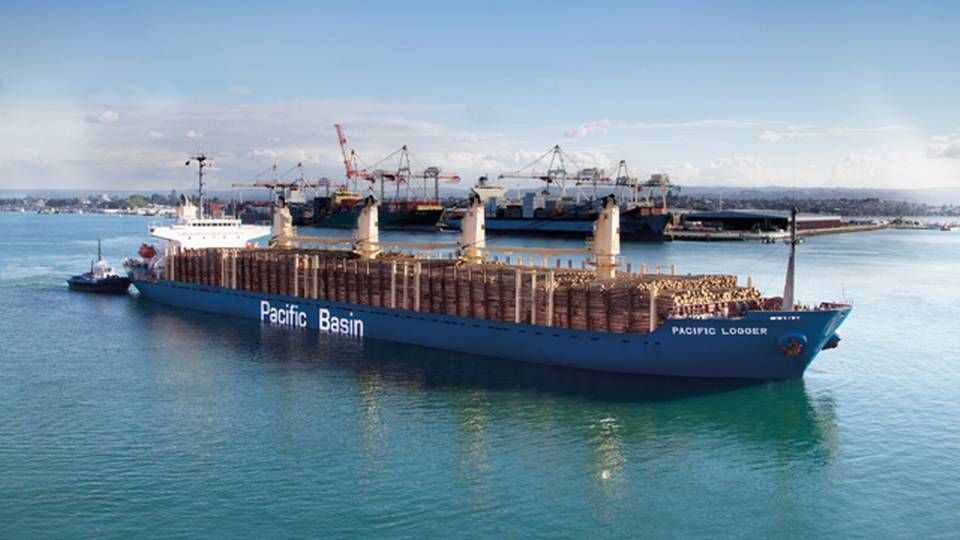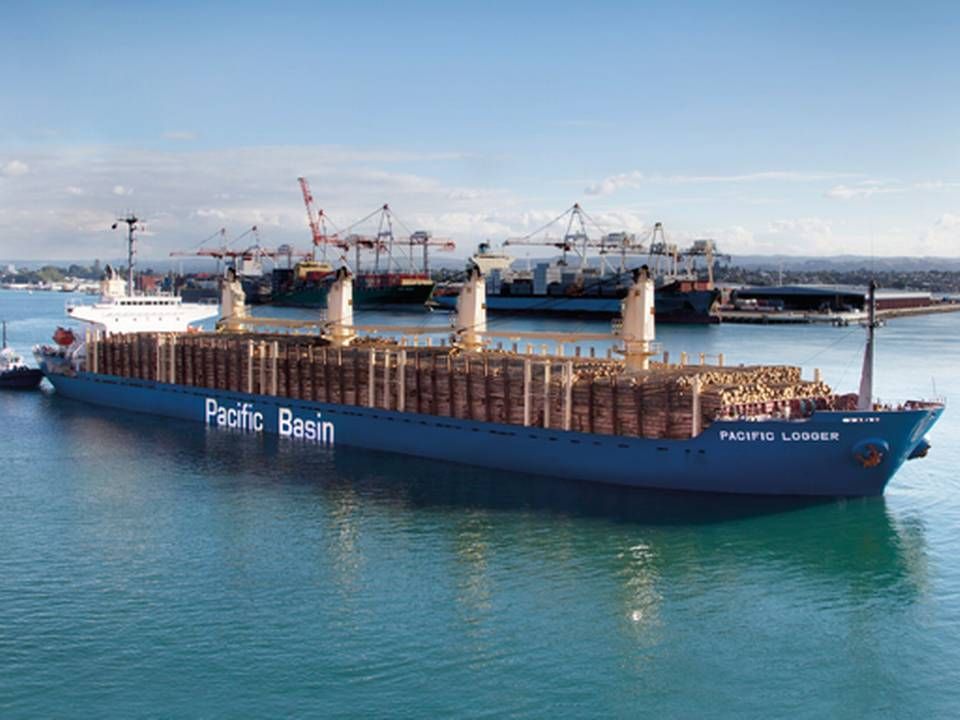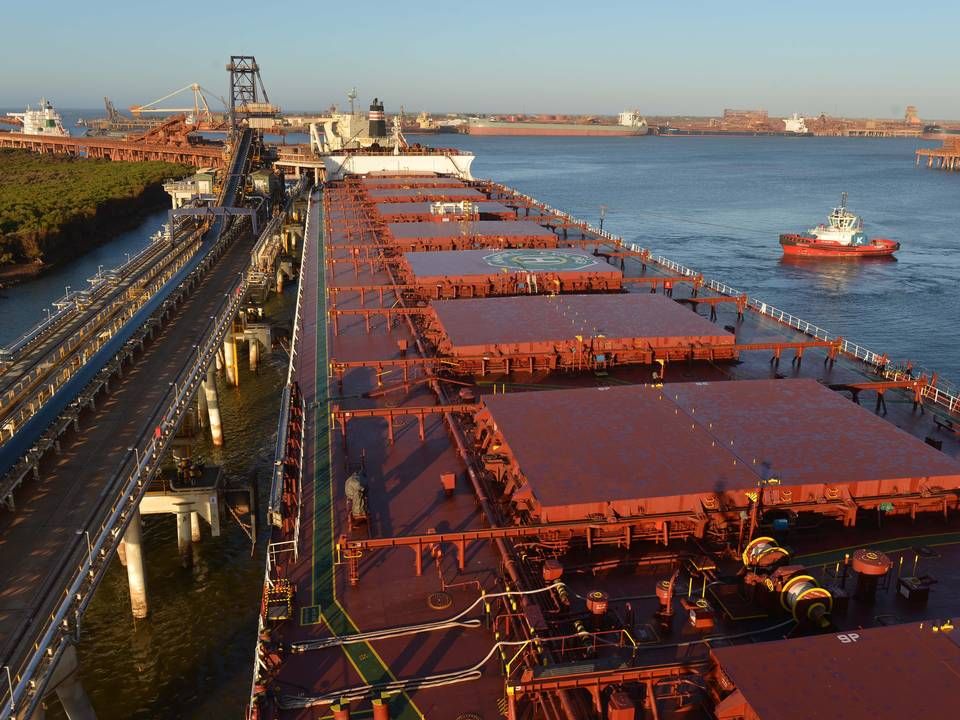Pacific Basin looking at new asset acquisition opportunities

Even though most dry bulk carriers are reporting a much better market in 2017 compared to the historic low 2016, not many are optimistic enough to invest close to USD 100 million in a new fleet.
Beyond Hong Kong-based Pacific Basin, that is, which is headed by Swede Mats Berlund and which two weeks ago announced a significantly improved result, shortly followed by news that the fleet will be upgraded by five vessels for a total value of USD 104.6 million.
The acquisition stems from the carrier's belief that the dry bulk sector is about to put the crisis behind it, and that the important thing now is to have tonnage ready for the coming years. As such, Berglund does not rule out that more ships could be bought for the fleet, as the carrier is actively keeping an eye out for new opportunities, he says in an interview with ShippingWatch.
"The ships we buy are very well suited for our already existing cargo system and simply slot into our existing platform. We continue to look for and assess attractive ship acquisition opportunities to grow and renew our fleet with modern, high-quality secondhand ships or resales that can generate a reasonable pay-back and cash flow even in today’s challenging market, and can reduce our average daily vessel costs," explains Berglund.
Scrapping slowed down
According to Pacific Basin's own figures, the carrier's Handysize and Supramax vessels surpassed the market by 20 percent and 11 percent, respectively, on TCE earnings. While the Handysizes sailed at USD 7,920, the Supramaxes reached an average USD 8,920 per day. In this light, the underlying deficit of USD 61.6 million from the first half 2016 was reduced to a deficit of USD 6.7 million this year, corresponding to a 90 percent reduction.
The carrier is not in the black yet, and does note that the market will have to reach 2018 or 2019 before a proper balance is restored between the supply of vessels and customer demand.
But things are moving in the right direction, says Berglund, even though the scrapping of old dry bulk vessels has slowed down a bit as the market gains strength. As it looks now, the fleet will grow five percent while two percent are scrapped, meaning that the global dry bulk fleet will expand three percent this year.

"The gradual recovery is driven by recovering demand and slower fleet growth in the years ahead. Overall dry bulk effective demand shrunk in 2015 but grew about 2 percent in 2016 and have grown with about 4-5 percent in the first half of 2017. We expect supply to grow with about 3 percent net for 2017 but expect it to grow significantly less in 2018 and 2019 due to much fewer ships delivering from the yards. Hence, if demand continues at 2017 levels, we expect a tightening of the demand/supply balance driving a gradual recovery in the market," says the Pacific Basin CEO.
Strong on the Atlantic
Drivers include a strong market on the Atlantic and transport of grain to Asia. Berglund is also confident about global economic growth, which looks set to reach 3.5 percent this year.
"The world economy is growing a bit faster and Chinese activity has been strong so far this year. We continue to see strong growth in Atlantic grain exports and demand is driven primarily by Asian animal feed with Soybeans as the largest growing commodity," he says:
"We expect new ordering activity in our segments to continue at relatively low levels due to three factors: the still large gap between newbuilding and secondhand prices; new low sulphur and BWTS rules causing uncertainty about ship designs; and new accounting rules from 2019 discouraging new long time charters," he says.
Fearnley Securities analyst Espen Landmark Fjermestad recently told ShippingWatch that the rates are still far from profitable, a projection that was confirmed on Thursday by Norden CEO Jan Rindbo in relation to the Danish carrier's second quarter results.
"Though the rates have improved, no one's making money in the current state of the market. We believe that rates in most dry bulk segments need to improve by USD 3,000 to 4,000 per day in order to ensure a positive bottom line," said Fjermestad.
"Not far from profitability"
Yet Berglund remains optimistic, and he sees the positive bottom line as being within close reach.
"Our underlying loss for the first six months was 6.7 million and this included the typically weak Chinese New year season in Q1. Hence, you can see that our company is not far from profitability," says the CEO.
Pacific Basin is often compared to Norden, whose dry bulk business also noted a stronger result for the second quarter, and thus the first half of 2017, upon publication Thursday.
"The gradual improvement we've seen over the past few quarters is continuing and this applies both to the markets and to earnings at Norden, but it's not yet enough to make things profitable," Norden CEO Jan Rindbo told ShippingWatch.
Norden booked an adjusted deficit of USD 7 million against a net loss of USD 11 million in the same period 2016.
English Edit: Daniel Logan Berg-Munch
Pacific Basin to buy vessels for more than USD 100 million
Dry bulk has long way to go despite stronger rates
Related articles
Pacific Basin to buy vessels for more than USD 100 million
For subscribers
Pacific Basin: Worst of dry bulk slump is over
For subscribers
Dry bulk has long way to go despite stronger rates
For subscribers


















